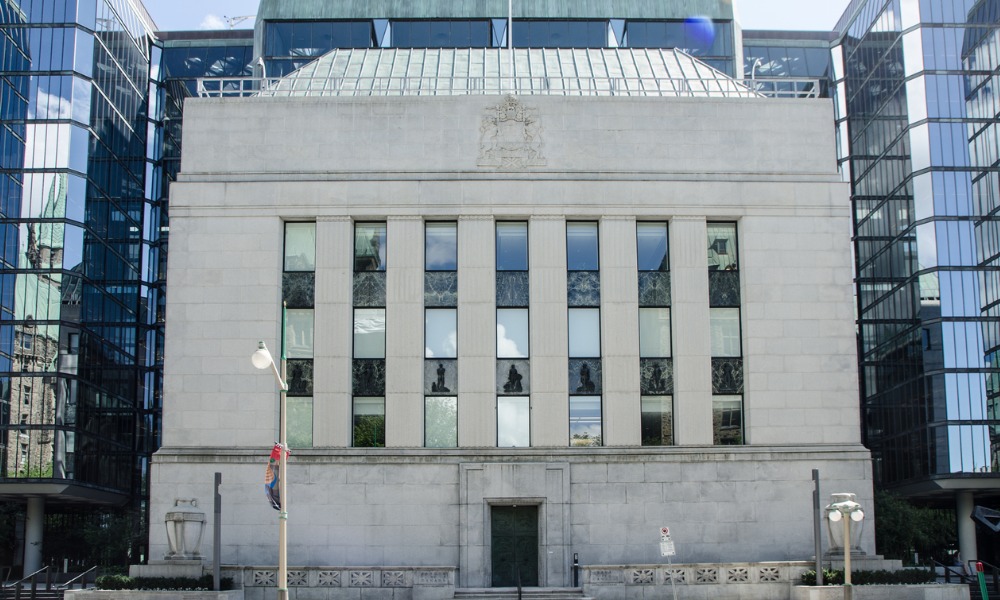As the US Fed wavers, Governor Macklem prepares to potentially lower Canada's interest rates

The Bank of Canada is approaching a potential reduction in interest rates, although the pace and extent of these cuts are constrained by the need for clearer indications from the US Federal Reserve, as reported by BNN Bloomberg.
Governor Tiff Macklem has indicated that the central bank might lower its benchmark overnight rate from five percent, potentially beginning as early as June.
This comes as core inflation shows signs of slowing, leading markets to anticipate a likely rate cut at the next meeting, with expectations fully set for a reduction in July.
Conversely, the trajectory for rate reductions in the US remains less defined, with traders anticipating only one or two cuts this year, a notable adjustment from earlier predictions of five to six cuts.
Some Federal Reserve officials are even considering the possibility of maintaining current rates throughout 2024 due to sustained economic growth and persistent inflation.
These dynamics pose a dilemma for the Bank of Canada, which may have to halt its rate cuts if the Federal Reserve decides to maintain higher rates.
A significant interest rate differential between Canada and the US could lead to a weaker Canadian dollar, which would increase import costs and potentially heighten inflation, complicating the central bank's efforts to achieve its two percent inflation target.
According to Andrew Kelvin from TD Securities, while initial rate cuts by the Bank of Canada might not be hindered, further reductions could be limited if the Fed's policies diverge significantly.
The Canadian dollar has already weakened, with the exchange rate nearing its lowest since November, reflecting differing economic outlooks between Canada and the US.
Projections indicate that US policy rates could remain over 50 basis points higher than Canada's in the coming year, suggesting more pronounced economic and inflationary trends in Canada compared to the US.
This perspective aligns with other central banks like the Bank of England and the European Central Bank, which also do not foresee the need to maintain high rates if those expected in the US.
Economists remain divided on the feasible divergence between Canadian and US policy rates, with some citing a maximum of 100 basis points as tolerable before economic distortions arise, while others view 50 basis points as the limit.
Historically, Canada's monetary policy has closely followed that of the Fed, reflecting the deep economic ties between the two nations.
Ian Pollick from the Canadian Imperial Bank of Commerce suggests that more than three rate cuts could significantly strain the Canadian dollar, based on the Bank of Canada’s models.
Charles St-Arnaud from Alberta Central notes a shift since 2022, where the Canadian dollar's traditional correlation with oil prices has lessened, potentially making interest rate differentials a more significant factor.
As the Bank of Canada contemplates its next moves, Macklem remains vigilant of currency fluctuations, acknowledging their impact on future monetary policy decisions.
Despite the uncertainties, most economists anticipate a gentle downturn for Canada's economy, leaving open questions about the speed and extent of future interest rate reductions.



